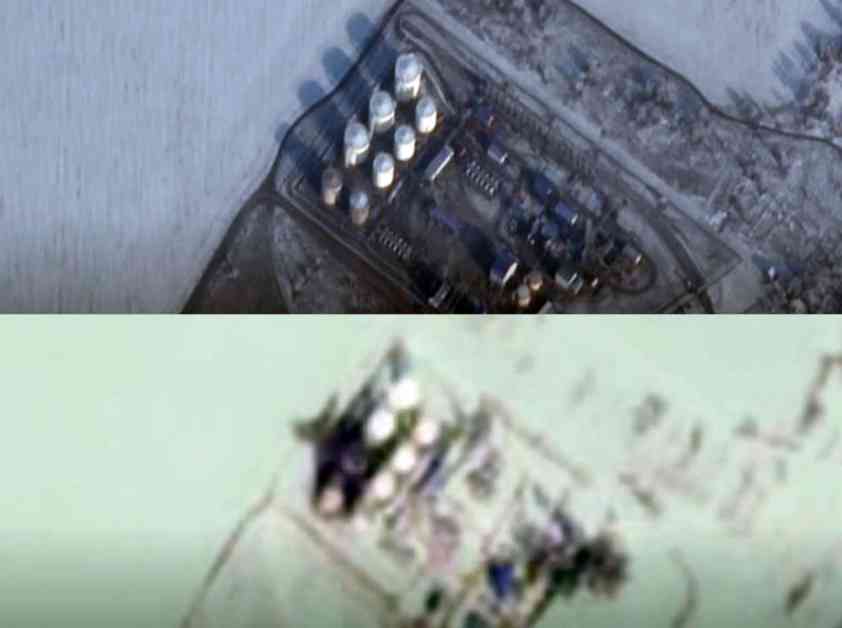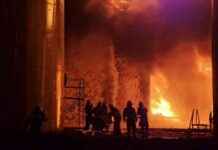A Ukrainian air strike on the Albashneft oil refinery in Novominskaya, Krasnodar Krai, southern Russia, caused significant damage, as revealed by satellite imagery published by RFE/RL on 9 February. The attack, part of Ukraine’s ongoing efforts to disrupt Russian supply lines, damaged two fuel tanks at the facility. This incident marks a crucial development in the conflict between Ukraine and Russia, highlighting the use of deep-strike drone strategies and the impact on Russian military operations.
### Impact of the Attack on Albashneft Refinery
The Albashneft refinery, located over 200 km from the frontline in Ukraine, serves as a vital supplier of gasoline and diesel fuel for Russian occupation forces. Described as a “mini-refinery,” this facility plays a significant role in the Russian military’s fuel supply chain. The damage to the two fuel tanks, one containing 60 tons of oil and the other holding an equal amount of diesel fuel, poses a direct threat to the logistical support of Russian forces in the region. While one tank suffered superficial damage, the other incurred more severe harm, leading to a fire outbreak at the site.
### Shift in Ukrainian Drone Strike Strategy
Ukraine’s escalating use of long-range drone attacks on Russian fuel facilities throughout 2024 culminated in the recent strike on the Albashneft refinery. The General Staff of the Armed Forces of Ukraine confirmed the operation on 5 February, noting the subsequent fire at the facility. This attack signifies a shift in Ukraine’s deep-strike drone strategy, with military bases becoming a key focus for disrupting Russian operations. The use of advanced weaponry, such as new Ukrainian cruise missiles, demonstrates the evolving tactics employed by Ukraine to target critical infrastructure deep inside Russian territory.
### Expert Analysis on the Conflict
According to reports from Russian news sources and Telegram channels, the strike on the Albashneft oil depot in Novomynska may have been carried out using a new Ukrainian cruise missile, rather than a drone. This development showcases the technological advancements and precision capabilities of Ukrainian forces in conducting strategic strikes on key Russian assets. Analysts and military experts predict that such deep-strike operations will continue to shape the dynamics of the conflict, forcing Russia to reassess its war production strategy and air defense capabilities in response to the persistent threat posed by Ukrainian drones.
The recent attack on the Albashneft oil refinery in Krasnodar Krai underscores the complex and evolving nature of the conflict between Ukraine and Russia. As both sides employ innovative tactics and advanced weaponry to gain strategic advantages, the impact on critical infrastructure and military operations remains a central focus of the ongoing hostilities. The use of satellite imagery to document and analyze such incidents provides valuable insights into the changing dynamics of modern warfare and the challenges faced by nations engaged in protracted conflicts.

















